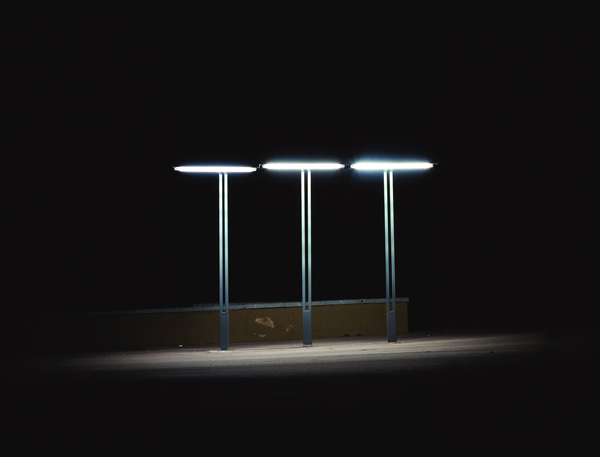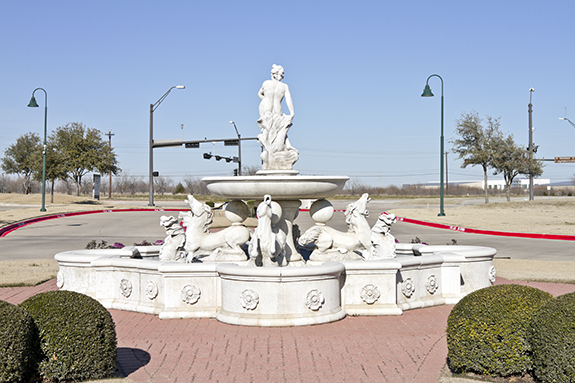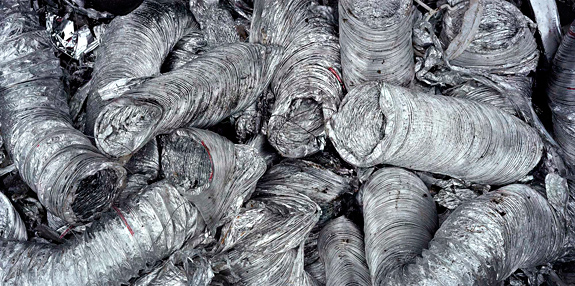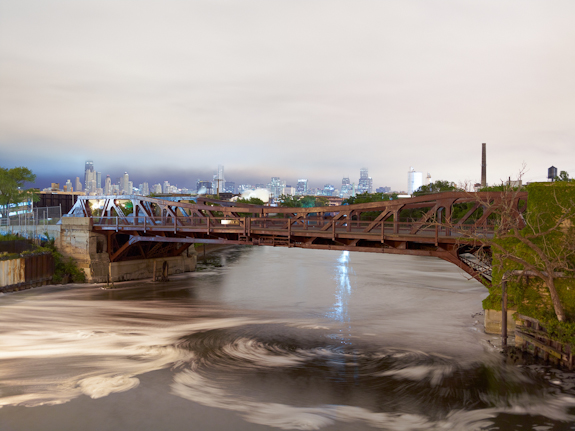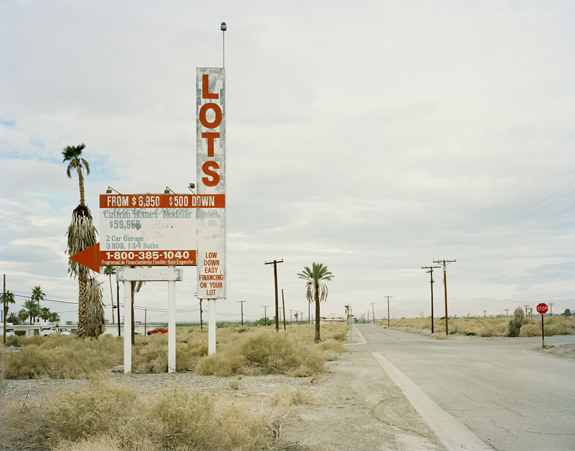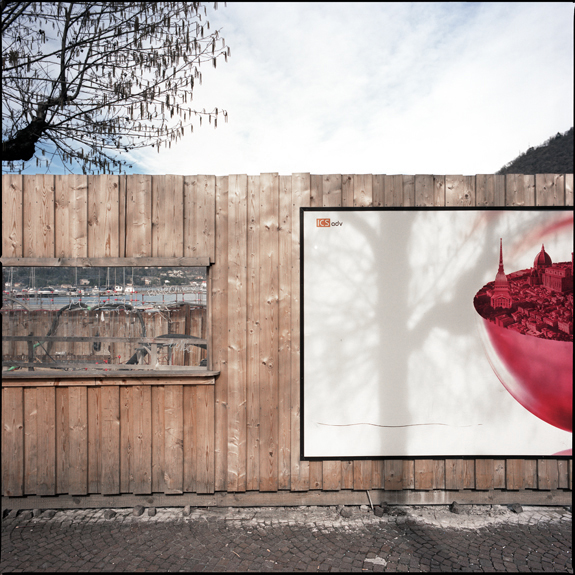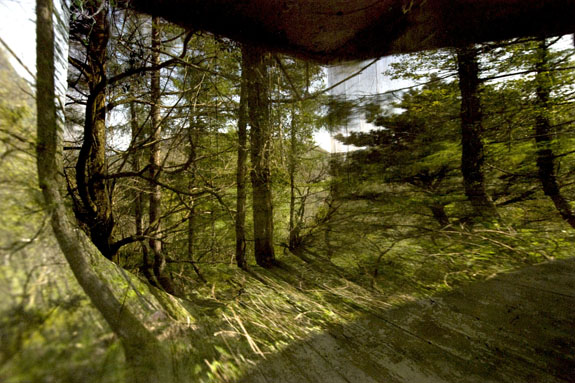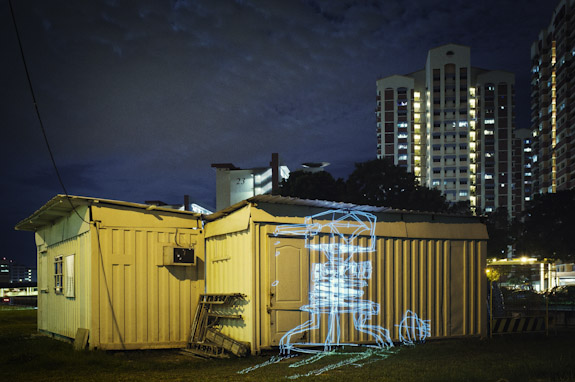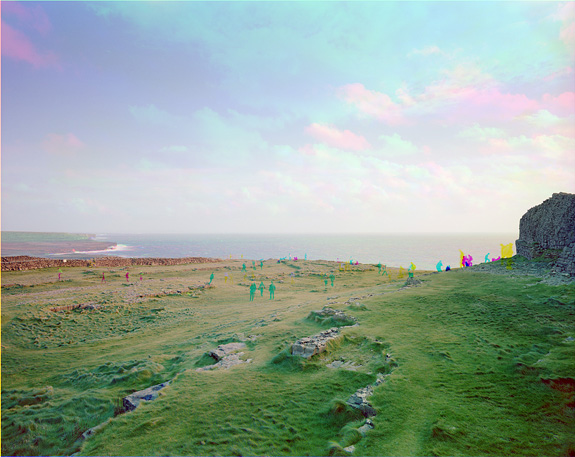
“Live load” is the variable weight burdened by a structure, such as moving traffic on a bridge, furniture and people in a high-rise office building, or the weight of a person sitting on a chair.
The process used to make these images is adapted from Sergei Mikhailovich Prokudin-Gorskii (1863-1944), whose documentations of the Russian countryside between 1909 and 1912 are among the earliest color photographs. His work predated color film technology, therefore Gorskii used a specialized camera to take three black and white photographs in rapid succession, each frame with a red, green or blue filter placed in front of the lens. These images were then recombined, projected with their corresponding filtration to reveal full color images.
Without the same specialized camera my process is slower. The time between frames can take up to several minutes depending on the wind, a change in the lighting conditions or difficult terrain. The artifact of the resulting image appears when subjects in the frame are in motion. Both a cow grazing in a field or a tourist wandering an archeological site are frozen in a single channel of light, appearing cyan, magenta or yellow.
I’ve been told that if you’re planning to build a house on a particular site its best to observe the behavior of animals in that field. They instinctively know where the best spots are. People gather at places with expansive vistas, or find refuge from the city in a park. This process marks time, and maps our behavior and engagement with our landscape. Rather than capturing a slice of time these photographs capture a sequence, but in another way can be understood as a cycle; points where on any given day similar activities can be encountered.
— Frank Abruzzese, Wexford, Ireland
